Is this how flying could look in the not-too-distant future?
An international aircraft design award is pulling back the curtain on sky-high tech trends.
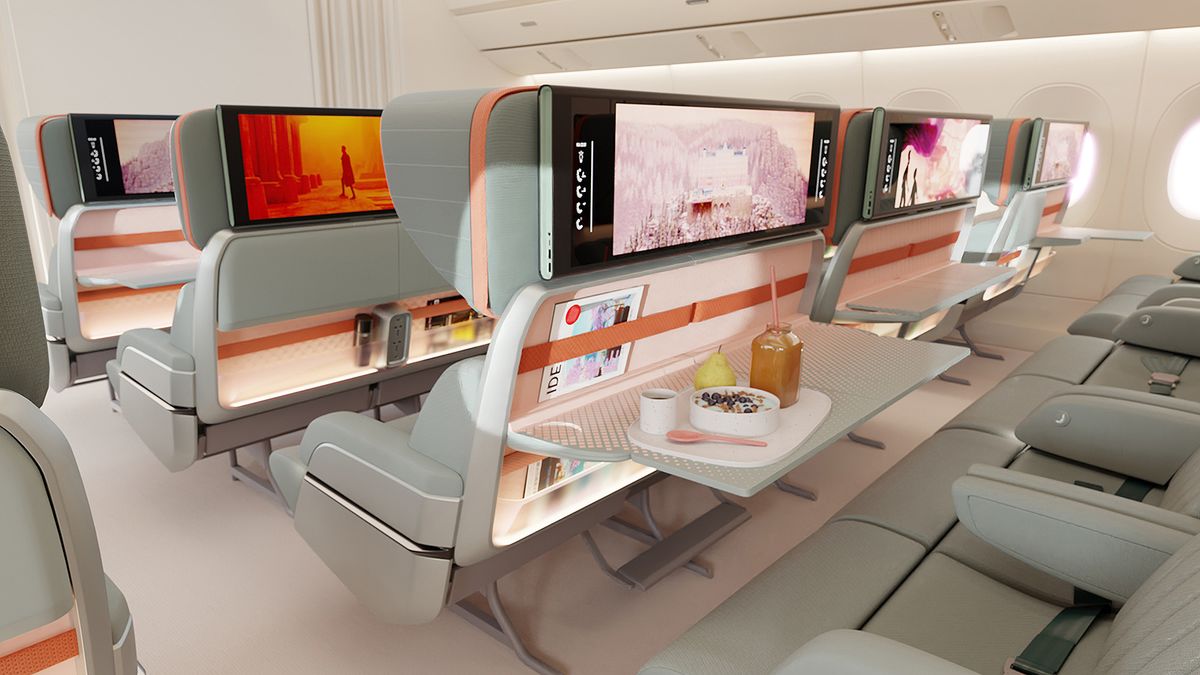
Double-decker seats, personal snack fridges and ‘invisible’ ceilings could soon be winging their way onto a jet near you, with shortlisted entries in the annual Crystal Cabin Awards revealing the trends that could reshape travel as we know it.
The event is described as “a creative playfield” where the world’s top designers, engineers and visionaries come together in hope of crafting the aircraft passenger experience of the future. The winners, judged by a panel of experts, will be revealed on June 14 at Hamburg’s Aircraft Interiors Expo show.
This year’s theme is around flexibility, sustainability and digitalisation, all emerging trends within the aviation industry as it seeks to lower its environmental footprint.
While the shortlist is brimming with many incredible ideas, some concepts are raising more than a few eyebrows. Among these are the double-decker ‘AirSleeper’ lie-flat bed, and the forward/rear-facing ‘NeXtGC’, which would look right at home on a high-speed passenger train.
Other concepts are considerbly more practical, like the ‘Elevate’ entry by Teague, which maximises space in a single-aisle business class with ‘floating furniture’ suspended from the sidewall and aisle. This world-first approach results in an increased bed size and much roomier living space.
Collins Aerospace is up for four gongs, including one for its recently launched and highly striking ‘AirLounge’ Finnair business class seating, designed in collaboration with PriestmanGoode and Tangerine (which recently introduced its sky-high styling to China's high-speed rail system).
Another of Collins’ contenders is the innovative ‘SpaceChiller’ modular cooling system. Intended for premium cabin seats, the system is said to keep drinks and snacks at safe serving temperatures and within arm’s reach of a passenger - basically it’s an in-seat fridge.
The ‘SpaceChiller’ is made possible thanks to a thermoelectric cooling system that does away with the need for refrigerants.
Aside from making snack-time quicker and easier, it could also be a helpful option for those needing to keep medication cool, such as insulin.
Other impressive entries include ‘The Booth’ from Virgin Atlantic - a beautifully designed lounge space for two passengers which rolled out on its A350 aircraft late last year.
Lufthansa Technik is looking to liven up private jets with its Explorer VIP interior, which features a slide-out veranda and a projection system designed to calm even the most nervous flyer.
Developed by Diehl Aerospace, the system transforms the ceiling into a cloudscape or aquarium for the perfect personal zen environment.
Style & Design aims to shake up the premium economy experience with its Switch concept, which enables airlines to easily convert two solo seats into one duo seat, or an extra-wide seat.
Though most designs focused on the pointy end, there were some concepts for the back of the bus as well, like PARADYM from Lift. Designed for single-aisle aircraft, it carves out an extra two inches of width (20 inches, instead of the typical 17-18) and even comes with two armrests between seats.
ACM Aircraft Cabin Modification’s MYZONE implants active noise cancellation tech directly to the headrest. Compatible with any aviation seat, developers say it can also use window panels and other cabin elements as a loudspeaker, attaining a three-decibel reduction in ambient aircraft noise.
There are also a raft of entries which focus on bringing greater sustainability to cabin interiors, including recycled leather upholstery from ELeather, and Airbus’ Airspace Food Scanner.
The AI-based tech captures data on passengers’ food consumption, which will allow catering to adjust services to match customer demand and significantly reduce food waste.
Although only a handful of Crystal Cabin Award nominees have made it into production so far, they do offer an intriguing insight into what the future of aviation may hold.
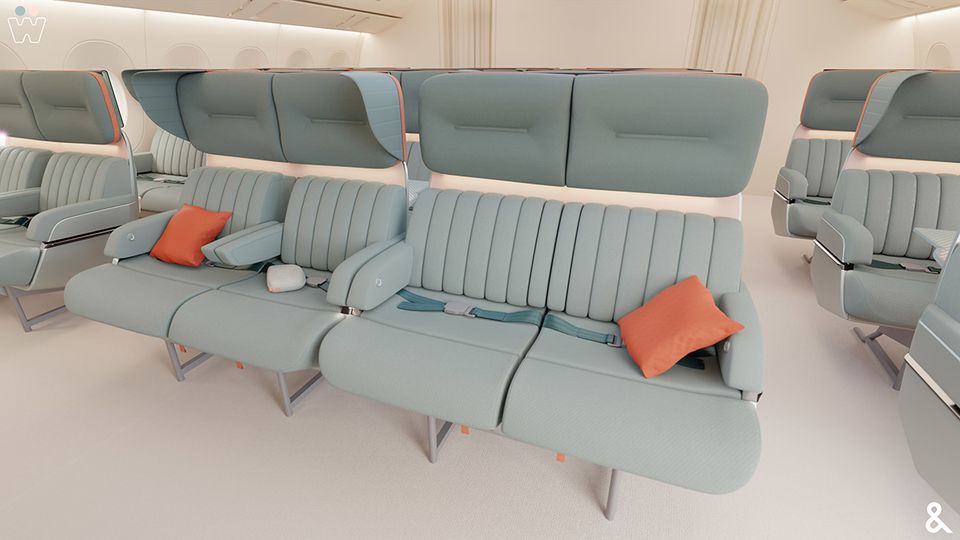
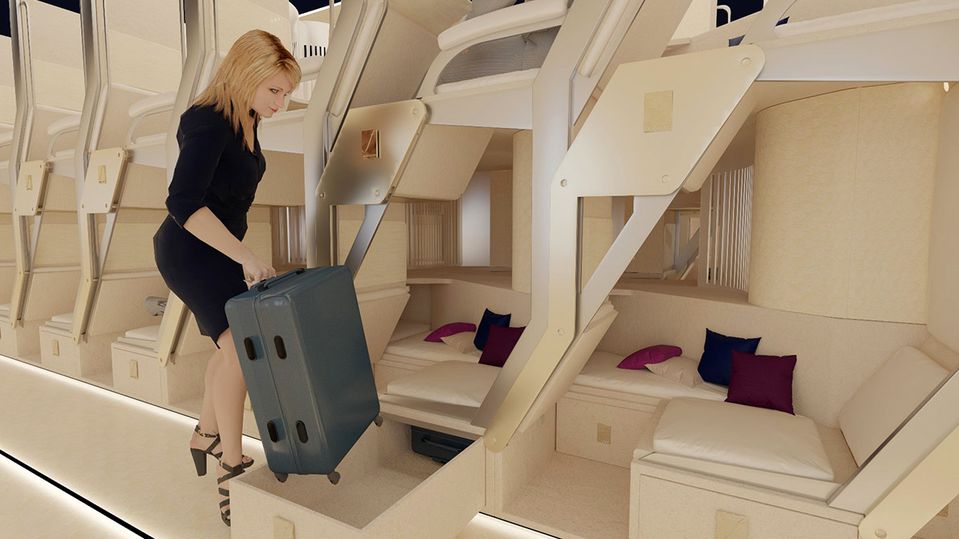
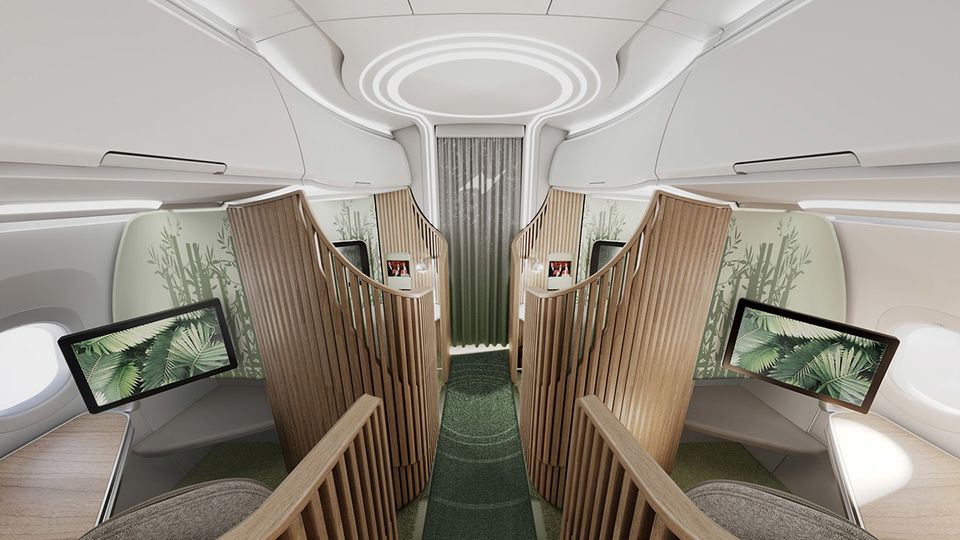
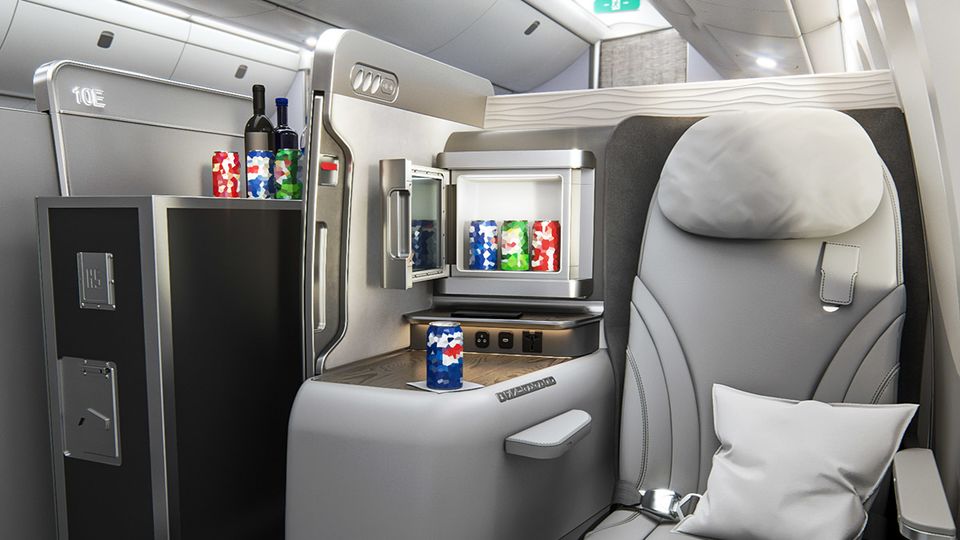
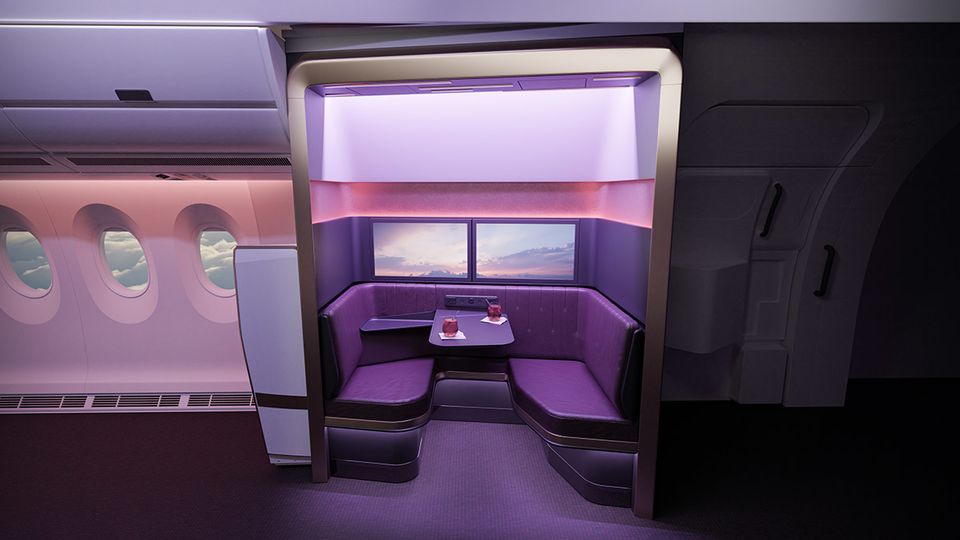
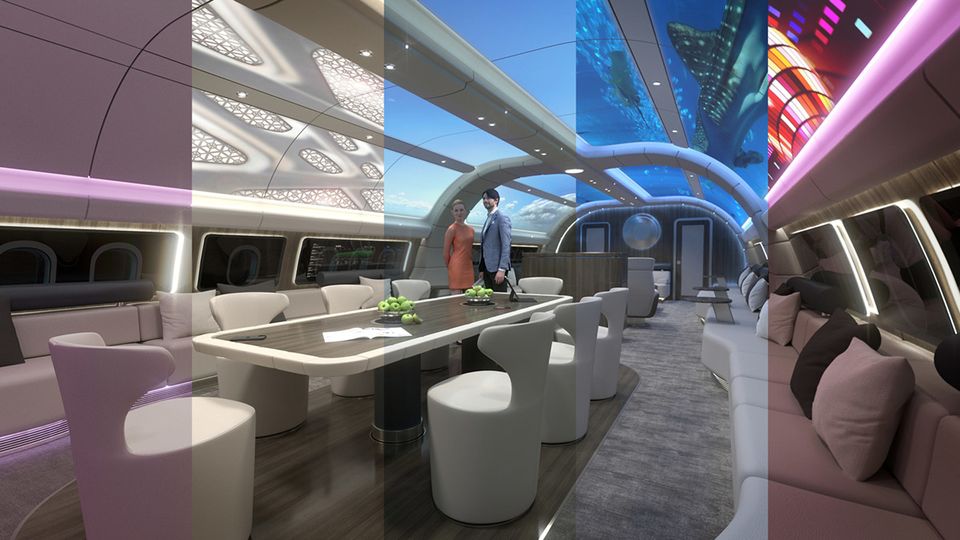
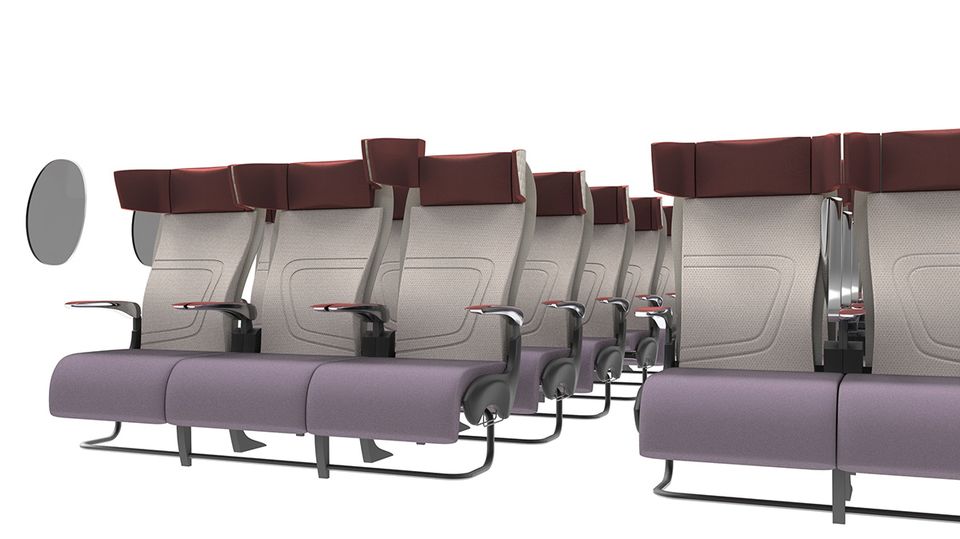
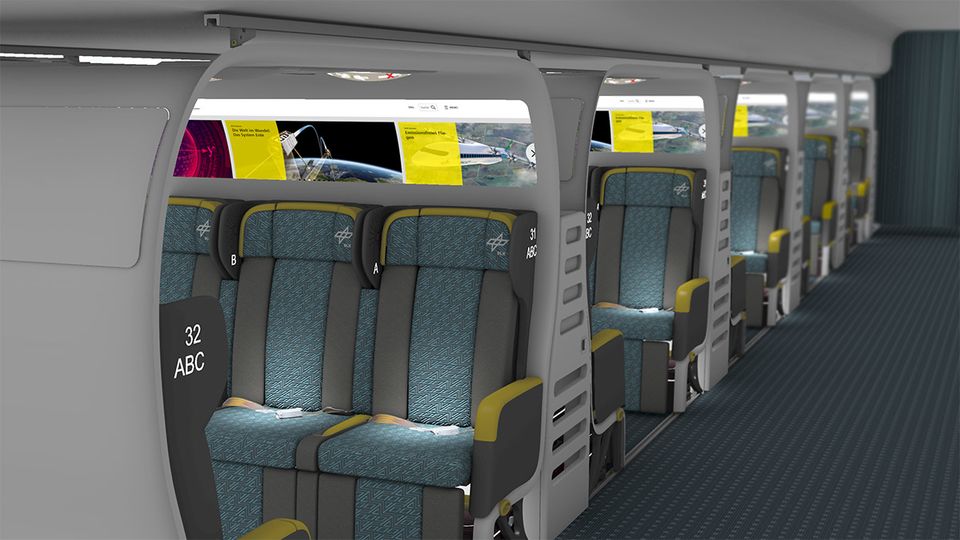
Etihad - Etihad Guest
21 Jul 2019
Total posts 189
Much as I enjoy browsing these concepts, they really are just aviation's equivalent of fashion's 'haute couture' annual runway shows in Paris and Milan. In both cases, designers outdo themselves coming up with mind-boggling, out-of-the-box, whacky, beautiful, impractical, prohibitively expensive designs which serve mostly as conversation topics and brand awareness, rather than serious ideas to be implemented for market consumption. Stretching the fashion analogy a little further, the hard product we usually get on planes is aviation's equivalent of fashion's 'department store catalogue' show: something nice but not as flashy, and far more practical; which can be sold in large numbers.
United Airlines - Mileage Plus
12 Sep 2011
Total posts 335
Very nice This is how our travel is evolved through concepts
19 May 2020
Total posts 3
Indeed. I’m not conspiracist but free energy hydrogen powered cars in many different designs have existed for decades for cars, and that’s just hydrogen notwithstanding other dirt cheap/free technologies - you can still YouTube a number of them by inventors and who were bought out by the petroleum companies or were helped to depart this earth. Imagine the 100-150 thousand litres of Jet fuel at $5 a gallon or whatever it is being replaced with 5 cents for quadruple the fuel/energy. One inventor proved his 1 litre water in his hydrogen engine could replace thousands of barrels Of oil in energy - again I say, proven…and he was one of many of different designs and technologies. Airlines would save $100,000 minimum per long haul flight Internationally, seats would $150 as opposed to $1500 minimum, and maybe, just maybe, you’d see these luxurious designs for the economy seats lol. But, then how would governments fund wars and fund military expenditures and sell war weaponry and munitions if other governments weren’t making billions per week on oil sales etc. rogue nations of communist affiliation are evil, yet I wish they would wage a technology war with the west via a release of technologies that are free or dirt cheap and freely available to the masses. Obviously their caught up in it as well, because but hey… the American government has suppressed a multitude of REQL and existing patents for technologies based upon “national interest” meanwhile we work most of the week to pay for fuels and electricity and heating and business-use energies for products and services that we could’ve done away with decades ago. So frustrating to say the least.
Hi Guest, join in the discussion on Is this how flying could look in the not-too-distant future?